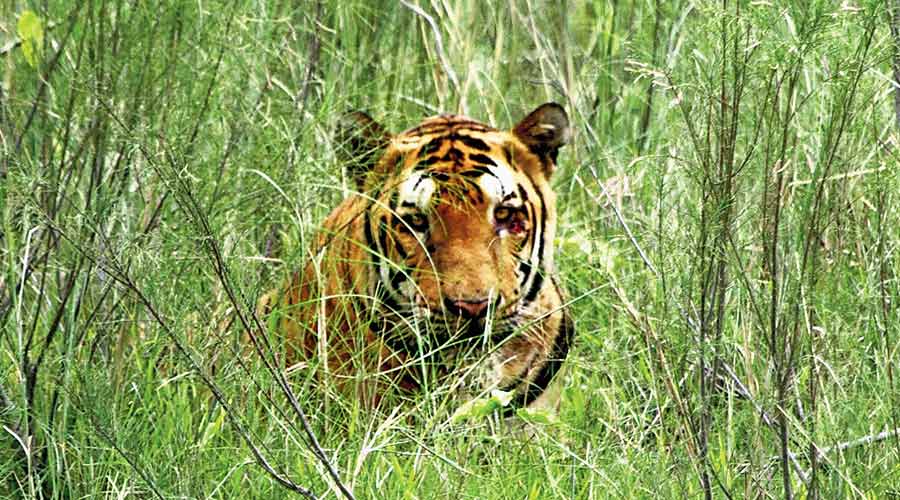The Solitary Nature and Animal Protection Foundation (SNAP) along with the state forest department have launched a training programme for tea estate dwellers of the Terai and the Dooars belt in north Bengal to evade attack by big cats.
The initiative, funded by the Wildlife Trust of India, has been taken following frequent intrusion of leopards in the region leading to loss of cattle, human injury and casualty.
Initially, around 20 gardens which are under the Darjeeling wildlife division and Kurseong division of the department and where the leopard infestation is high, have been identified for training.
“We are organising the training programme so that tea workers can have a clear understanding about the leopard that has entered their locality. Also, they are being taught how they can avert a leopard attack and can save themselves and their livestock,” said Koustav Choudhury, a representative of SNAP.
In north Bengal, entry of leopards in tea gardens is a common affair. The animal enters the gardens to deliver cubs and also to get hold of easy prey. On a number of occasions, sightings of leopards have stopped regular activities in tea estates. Also, there have been incidents of leopards attacking people in the tea belt, which leads to injury and sometimes deaths.
On a regular basis, foresters had to rush to tea gardens, especially which are located on the fringes of forest areas, lay traps to cage the leopards, and later release them in the wild.
In the course of the training, experts are teaching tea workers how to gauge the movement of a leopard by checking pugmarks, scratch marks on a tree, scat and how to identify whether it is a male or female.
“We are also providing details about the body language of leopards, which need to be observed to understand its behaviour. This way, one can escape an attack and also make an assessment of the animal’s movements in the locality,” said an official of the state forest department.
During the training, the foresters and experts are even emphasising on prompt sharing of communication.
“In due course, a social media group would be created where they can share information about the animal with us so that it can be easily trapped. Teams of trainees would be formed in each garden and be provided with sirens, carbide guns, searchlights and GPS kits to handle the situation and thwart the animal,” the official added.
Representatives of tea gardens have welcomed the initiative.










